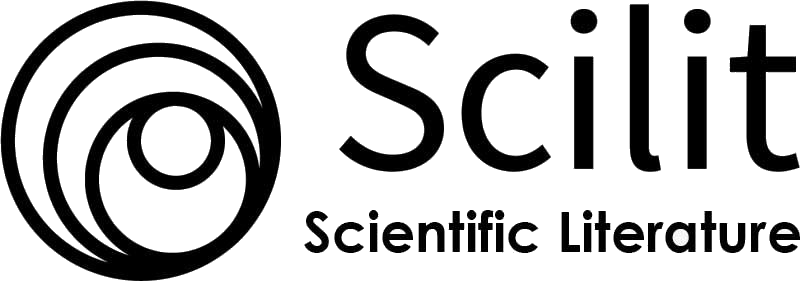Assessment of how Free Seed Distribution Project can Aid in Hunger Eradication in Kitui County, Kenya
Keywords:
Implementation, hunger eradication, seed distribution.Abstract
Aim: The general objective of this study was to establish the challenges facing the implementation of hunger eradication projects in Kitui County in Kenya.
Methods: This study adopted a descriptive survey design. The study randomly selected 150 beneficiaries appearing in the list of 30,643 beneficiaries provided by Kitui County Long Rains Food Security Assessment Report (2013). This study used primary data which was collected through use of a questionnaire. After data had been collected through questionnaires, it was prepared in readiness for analysis by editing, handling blank responses, coding, categorizing and keying into Statistical Package for Social Sciences (SPSS) computer software for analysis.
Results: The study findings indicated that seed delivery timing, corruption, beneficiary participant and project monitoring were key determinants in implementation of hunger eradication project in Kitui County.
Conclusion: It can be concluded that the farmers were happy about the government initiative of distributing seeds, fertilizers and have farmers given grants for basic farm mechanization which would make farmers become self-sufficient but should be delivered on time of need. Corruption was statistically significant in explaining hunger eradication project implementation.
Recommendations: The study recommends for rigorous mobilization and sensitization of the community on need for active involvement in execution of community projects especially for food security. It is recommended that the farmers embrace the government-initiated projects being implemented in the area as this will help improve food production in the area and avoid food drought and fight poverty. This effort can lead to successful implementation of the projects and subsequently lead to better productivity and by extension that of the overall farms.
Downloads
Published
How to Cite
Issue
Section
License
The authors retain the copyright and grant this journal right of first publication. This license allows other people to freely share and adapt the work but must give appropriate credit, provide a link to the license, and indicate if changes were made. They may do so in any reasonable manner, but not in any way that suggests the licensor endorses them or their use.










